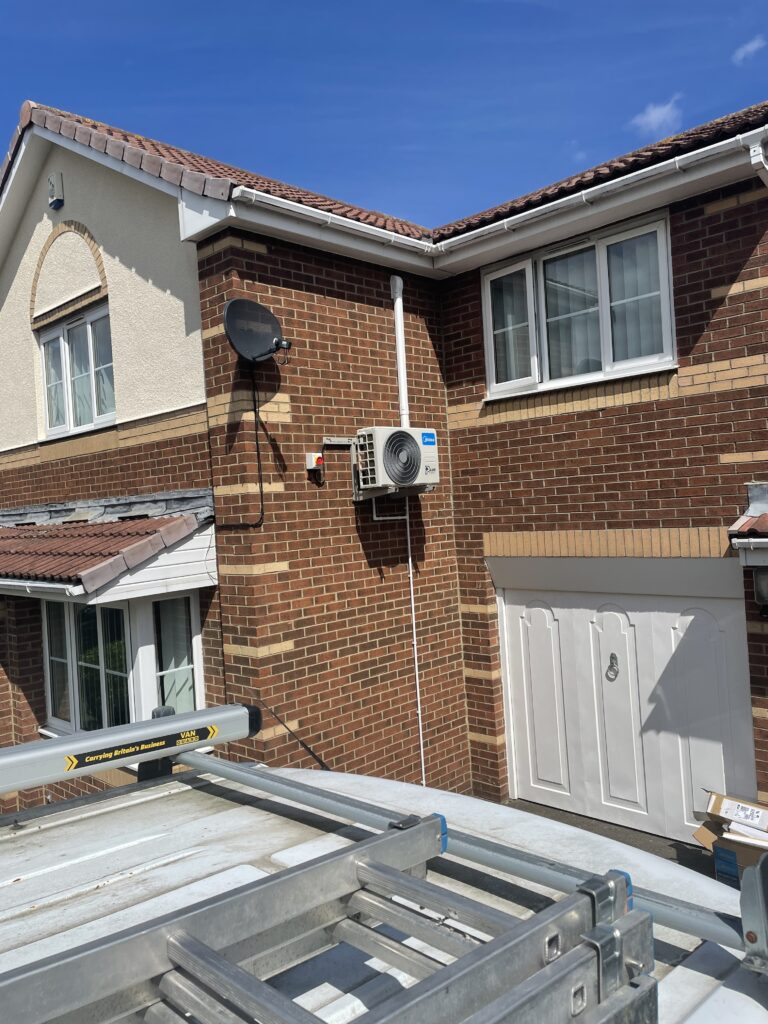For businesses that rely heavily on technology, the server room is the heart of operations. Keeping this crucial area cool and well-maintained is not just about extending the lifespan of expensive equipment; it’s about ensuring the continuity and efficiency of business operations. This blog post delves into the importance of server room air conditioning, exploring the best practices, system types, and maintenance tips to keep your server room operating at optimal conditions.
The Importance of Server Room Air Conditioning
Server rooms house high-powered technology that generates a significant amount of heat. Without proper cooling, this heat can lead to system failures, decreased efficiency, and reduced lifespan of equipment. Effective air conditioning helps maintain a consistent temperature and humidity level, which is critical for the health and performance of electronic components.
Types of Air Conditioning Systems for Server Rooms
Choosing the right air conditioning system is critical for effective heat management in server rooms. Here are the most common types:
- In-Row Cooling: Placed directly among server racks, in-row cooling systems provide localized cooling and can be adjusted according to the heat load, making them highly efficient for large data centers.
- Raised Floor Systems: Utilizing perforated tiles on a raised floor, these systems distribute cooled air upward directly into the server racks. This setup is ideal for managing the airflow and cooling requirements of a dynamic server room.
- Ducted Air Conditioner Units: These are used to direct cool air exactly where it is needed and return warm air back to the AC unit for cooling. This system is suitable for both small and large server rooms.
- Portable Air Conditioners: For smaller server rooms or as a backup cooling system, portable air conditioners can be a flexible and cost-effective solution.
Key Benefits of Proper Server Room Cooling
- Reliability: Reduces the risk of hardware failure and downtime.
- Efficiency: Maintains optimal performance of servers and equipment.
- Cost-effectiveness: Extends the lifespan of servers and equipment, reducing the need for frequent replacements and repairs.
Installation Tips for Server Room Air Conditioning
- Assess Your Cooling Needs: Conduct a heat load analysis to determine the cooling capacity needed for your server room.
- Consider Redundancy: To ensure continuous cooling, even if one system fails, consider installing more than one unit or system.
- Plan for the Future: Allow for scalability in your cooling design to accommodate potential future growth.
Maintenance Best Practices
Regular maintenance is essential to keep your server room air conditioning system running efficiently:
- Regular Inspections: Schedule professional inspections to ensure systems are functioning correctly.
- Clean Regularly: Keep components like filters and coils clean to maintain airflow and efficiency.
- Monitor Temperature and Humidity: Use monitoring systems to continuously check the conditions in your server room and adjust settings as necessary.
Conclusion
Effective air conditioning in server rooms is non-negotiable for businesses dependent on digital infrastructure. By understanding the different systems available and implementing regular maintenance routines, businesses can protect their critical equipment from overheating, thus safeguarding their operations against unexpected disruptions and failures. Ensuring your server room remains cool isn’t just about the technology; it’s about securing your business’s future.




